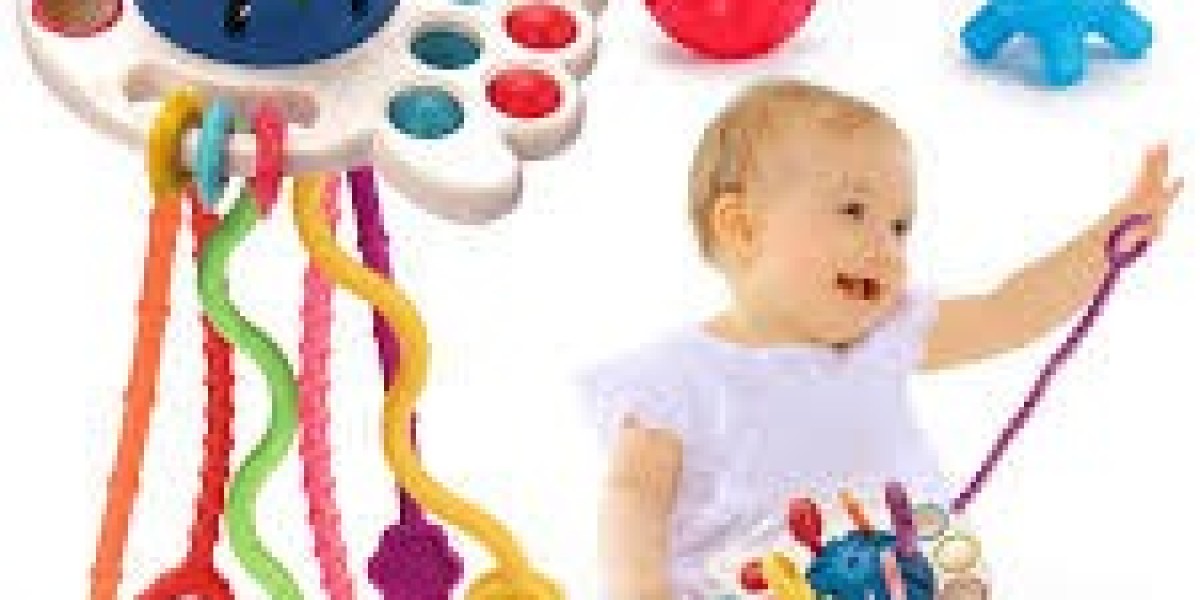For centuries, the string pull toy has delighted children across cultures and generations. Its simple mechanism—pulling a string to set a figure, animal, or vehicle in motion—embodies the essence of early childhood wonder: cause and effect, curiosity, and imagination. But beyond the nostalgia, the string pull toy holds deep educational, mechanical, and even cultural significance. From wooden ducks on wheels to modern interactive designs, this humble toy continues to evolve while preserving its timeless appeal.
What Is a String Pull Toy?
A string pull toy is any plaything designed to move when a child pulls on a string or cord attached to it. Typically mounted on wheels or small rollers, the toy might represent an animal, vehicle, or character that rolls, waddles, or spins when tugged. Classic examples include wooden ducks that flap their wings, trains that clatter along the floor, or colorful caterpillars that wiggle joyfully.
Despite its simplicity, the pull toy represents one of the earliest mechanical interactions a child can control—bridging movement, rhythm, and imagination.
A Brief History of Pull Toys
The origins of string pull toys date back thousands of years. Archaeologists have uncovered pull toy figures in ancient Egyptian and Greek sites—tiny clay animals with holes for strings and primitive wheels. These early designs were often shaped like animals, emphasizing the deep connection between play and the natural world.
By the 19th century, the Victorian era saw a boom in handcrafted wooden toys. Pull toys became household favorites in Europe and America, often painted by hand and made to resemble horses, ducks, or carriages. With the rise of industrial manufacturing in the 20th century, materials expanded to include tin, rubber, and eventually plastic—making string pull toys more affordable and widely available.
In the 1950s and 1960s, companies like Fisher-Price popularized pull toys globally. Their iconic “Snoopy Sniffer” and “Pull-A-Tune Xylophone” became childhood staples, symbolizing the post-war baby boom era of playful optimism.
How String Pull Toys Work: The Simple Mechanics of Joy
The magic of a string pull toy lies in its mechanical simplicity. Most designs rely on three core elements:
Wheels and Axles:
These allow smooth movement and can be engineered to create rhythmic sounds or actions. For example, an offset axle might cause a figure to bob or waddle as it rolls.String Tension:
The string not only propels the toy but also controls speed and direction. A steady pull results in continuous motion, while jerky pulls create more dynamic, playful effects.Mechanical Linkages or Cams:
Some advanced pull toys use cam mechanisms to create synchronized movements—such as flapping wings or spinning gears—offering a captivating blend of motion and sound.
Through these basic principles, the toy transforms a simple act—pulling a string—into a multisensory experience that sparks delight and curiosity.
The Educational Value of String Pull Toys
Though often overlooked, string pull toys play a crucial role in early childhood development. Their benefits extend far beyond entertainment:
1. Motor Skill Development
Pulling, pushing, and steering help toddlers develop gross motor coordination, balance, and spatial awareness. As children learn to walk, the act of dragging a toy behind them encourages stability and confidence.
2. Cause and Effect Learning
Children quickly discover that pulling the string makes the toy move—introducing the fundamental concept of cause and effect, an early step in cognitive reasoning.
3. Sensory Stimulation
Colorful designs, rhythmic movements, and gentle sounds engage multiple senses. The tactile feel of the string, the visual motion, and the auditory feedback all contribute to sensory integration.
4. Imaginative Play
Pull toys often take the form of animals or vehicles, inspiring storytelling and role-play. A child might imagine walking a pet duck or driving a train—activities that nurture creativity and empathy.
5. STEM Foundations
For older children, deconstructing or observing the toy’s mechanics provides an early introduction to basic engineering, motion, and physics principles.
Materials and Craftsmanship: From Wood to Modern Innovation
Wooden Pull Toys: The Classic Choice
Traditional wooden pull toys remain beloved for their durability, natural texture, and eco-friendliness. Artisans often use maple, beech, or pine, painting them with non-toxic colors. These toys are not only safe but also biodegradable—appealing to parents seeking sustainable play options.
Plastic and Hybrid Models
Modern designs often combine lightweight plastics with rubberized wheels for smoother movement. Some feature built-in lights or sound modules, powered by simple batteries or kinetic motion.
Smart and Interactive Pull Toys
In recent years, manufacturers have integrated microcontrollers, motion sensors, and Bluetooth to create interactive pull toys. These versions may play songs, respond to voice commands, or record a child’s movement pattern—blending traditional mechanics with digital interactivity.
Cultural Significance Around the World
The string pull toy transcends borders, appearing in various forms across cultures:
India: Handmade wooden elephants and horses from regions like Channapatna are often painted in bright, glossy lac colors.
Japan: Kokeshi-style pull toys depict animals or characters that nod and move gracefully.
Europe: The Czech Republic and Germany are famous for intricate wooden pull toys featuring folk motifs.
Africa: Artisans create recycled pull toys from tin cans, wires, and bottle caps—turning waste into wonder.
Each cultural interpretation reflects the values of creativity, craftsmanship, and sustainability unique to its origin.
Modern Market Trends and Parental Preferences
The global toy industry has seen a resurgence of traditional toys, including string pull designs, as parents seek screen-free, tactile play experiences. The rise of Montessori and Waldorf education philosophies—which emphasize hands-on learning and natural materials—has fueled renewed interest in wooden pull toys.
Eco-conscious parents increasingly favor brands that use organic wood, plant-based paints, and recyclable packaging. Meanwhile, designers are merging nostalgia with innovation, creating hybrid toys that maintain the charm of the classic pull toy while adding interactive storytelling elements.
How to Choose the Perfect String Pull Toy
When selecting a pull toy, consider the following factors:
Age Appropriateness:
For infants (12–18 months), opt for lightweight, stable designs with short strings to prevent entanglement. For toddlers (2–3 years), toys with multiple movements or sound effects can hold attention longer.Material Safety:
Ensure the toy is made with non-toxic paints and BPA-free materials. Check for safety certifications such as ASTM or EN71.Design Durability:
A good pull toy should withstand rough handling. Wooden and rubberized models tend to last longer and resist wear.Educational Value:
Look for toys that engage multiple senses or introduce mechanical motion—such as rotating parts or sound elements.Aesthetic Appeal:
Children are drawn to bright colors and friendly shapes. A visually appealing toy encourages repeated play and emotional bonding.
The Timeless Appeal of Motion and Simplicity
In an age dominated by digital screens and electronic gadgets, the string pull toy stands as a symbol of enduring simplicity. Its design reminds us that joy doesn’t require complexity—just movement, imagination, and engagement. Watching a child laugh as their wooden duck waddles across the floor is a timeless scene that has played out for generations—and will continue to for many more.
The toy’s lasting charm lies in its perfect balance of art, mechanics, and playfulness—a reminder that the best learning often happens when the mind and hands work together in motion.
Conclusion: More Than a Toy
The string pull toy is more than just a relic of the past—it’s a living testament to human creativity and the universal joy of discovery. From ancient wheels carved in clay to smart toys connected to apps, its evolution mirrors our own journey as innovators and storytellers. Whether crafted from polished wood or molded plastic, the pull toy remains a bridge between tradition and technology, between childhood curiosity and lifelong wonder.








